

Filtered Containment VentingSystems Venting Systems

Briefing to the Advisory Advisory Committee on Reactor Safeguards
May 22, 2012
Topic Agenda

Committee Tasking
Experience with FCVS
Stakeholder Input

Background

•In SRM-SECY-11-0137, the Commission directed the staff to take certain actions related to reliable hardened vents.
–Supported the NTTF recommendation to pursue an order to include a reliable hardened vent in BWR Mark I and Mark II containments (Tier 1).
–Perform a long-term evaluation on reliable hardened vents for other containment designs (Tier 3).
–“…quickly shift the issue of ‘Filtration of Containment Vents’ from the ‘additional issues’ category and merge it with the Tier 1 issue of hardened vents for Mark I and Mark II containments…”

Background

•In response, SECY-12-0025 included:
–Proposed order to require a reliable hardened vent for BWR Mark I and Mark II containment designs

•Prevention of core damage
•No requirements for severe accident service
–Severe accident service and filtration treated as a separate issue from proposed order
–July 2012 Commission Paper
Staff Actions

•Reliable Hardened Vent Order issued March 12, 2012
•Staff is currently reviewing issues relating tosevereaccidentserviceandfiltration to severe accident service and filtration

–Review Past Regulatory Actions
–Insights from Fukushima
–Evaluate Under Existing Regulatory Framework
–Foreign Experience Insights

Foreign Experience with FCVS
Organizations and Sites Visited
•Sweden
–Swedish Radiation Safety Authority (SSM)
–ForsmarkUnit 2 (Vattenfall) –similar to Mark II

–RinghalsUnit 1 (Vattenfall) –similar to Mark II
•Switzerland
–Swiss Federal Nuclear Safety Inspectorate (ENSI/HSK)
–Leibstadt(KKL) –Mark III
–Mühleberg(BKW) –similar to Mark I

Foreign Experience with FCVS
Sweden –Regulatory and Technical Bases
•In response to TMI, Sweden issued “Report by the Swedish Government Committee On Nuclear Reactor Safety”

–Mitigate the consequences of a severe accident by strengthening containment.
–Reduce risks that could result in radiation fatalities or high radiation dose from ground contamination
•FILTRA Research Project –a joint regulator and industry effort
Foreign Experience with FCVS

Sweden –Regulatory and Technical
Bases
•Energy Bill 1980/1981
–Expedite FCVS for Barseback(Located near Copenhagen)

– Consider FCVS for Forsmark, Ringhalsand
Oskarshamnand identify any alternatives to FCVS
–Cost/benefit not applicable to ground contamination
•Outcome
–Barseback“First-of-a-kind” FCVS (1980 –1985)
–“Second Generation FCVS” for Forsmark, Ringhals and Oskarshamn

Foreign Experience with FCVS
Sweden –BWR FCVS at Ringhals1, Forsmark and Oskarshamn
•Regulator and industry alignment to thoroughly evaluate ways to strengthen containment
• SSM required defense- n-depth for acknowledged uncertainties in PRA
SSMiddf i dthfkldd

–FCVS from drywell was required for slow over-pressurization, feed/bleed and flood up by additional independent containment spray
–Reliable drywell spray to flood up containment
–Reliable means to flood under pedestal
–Separate early overpressure mitigation
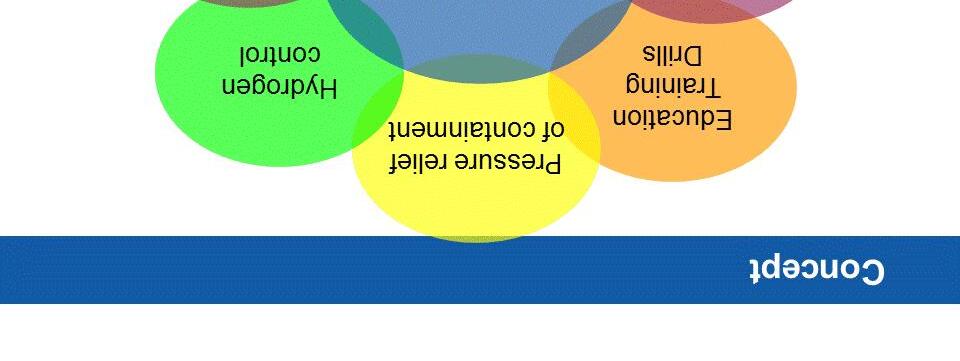
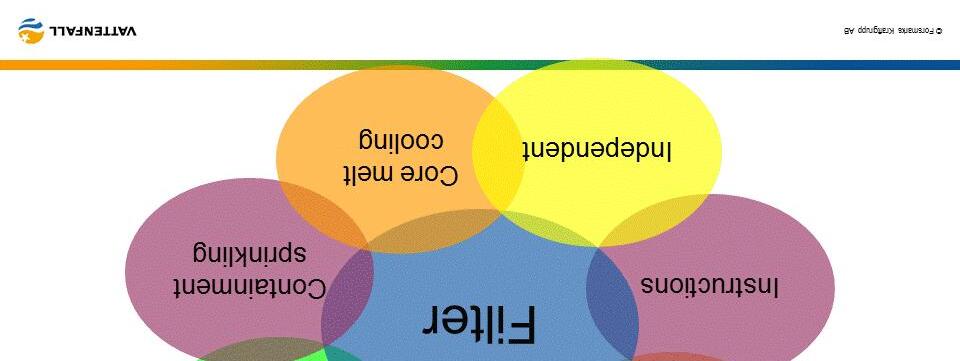

Foreign Experience with FCVS
Sweden –FCVS DF Requirements
•No acute fatalities
•Limited area of first year dose from ground contamination (with rain) of greater than 50 mSv
5 Rem naturalbackgroundinsomeareasofEuropeannual –, natural background in some areas of Europe, annual radiation worker dose

•Considered met if release of no more than 0.1% core
inventory Cs-134, Cs-137, and Iodine of 1,800 MWth reactor, similar for other nuclides important to land contamination
•Required demonstrated minimum DF 100; MVSS designed for 500, tested at 1,000

Foreign Experience with FCVS
Sweden –BWR FCVS Design Summary
•Passive filter, inertedw/ N2, achieved DF of 1,000.
•Heat removal capability 1%, vents hydrogen.
•Seismic design –same as containment.

•Single train, 24 hour passive operation, active operation for early venting.
•Valves operable from control room with independent electrical and pneumatic supplies. Forsmarkhas local manual operation from shielded station.
•Instrumentation with independent batteries
•Drywell connection

Foreign Experience with FCVS
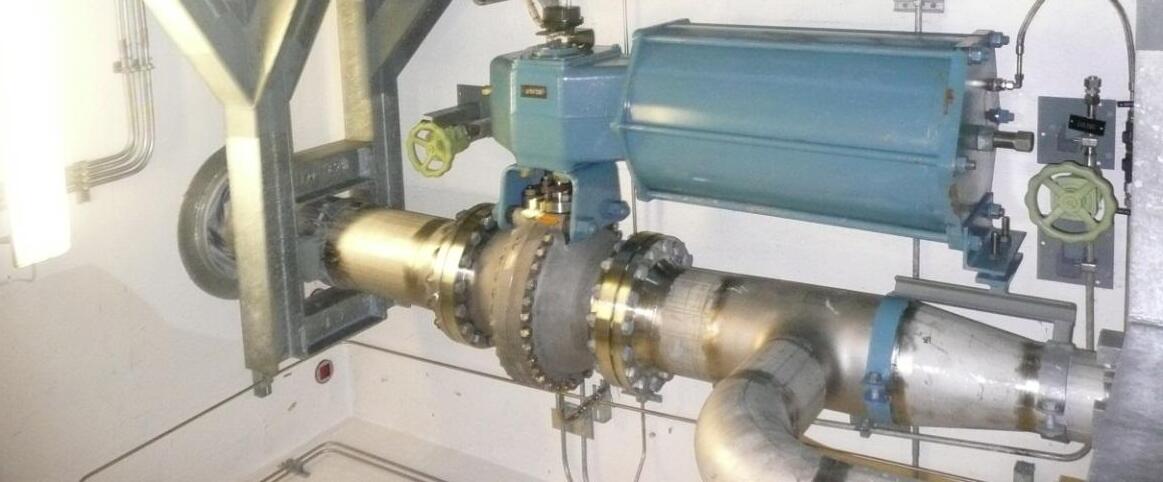
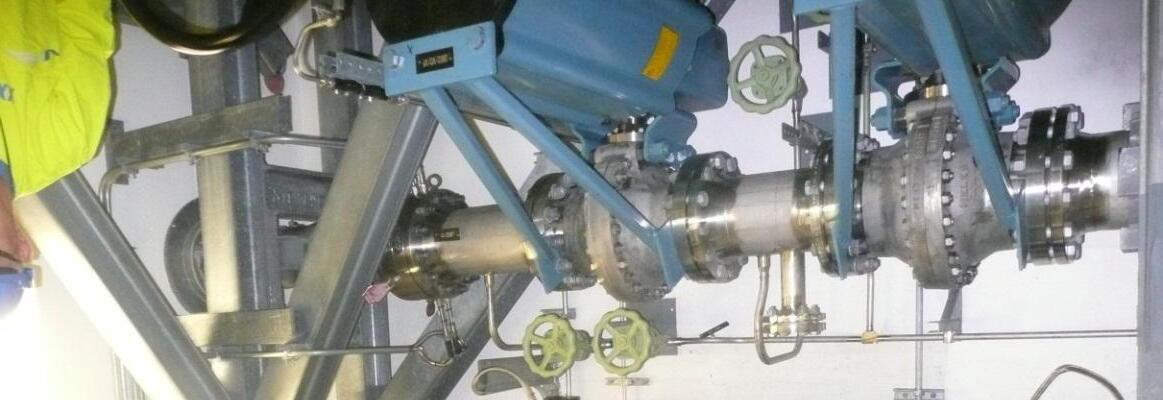
Top right to left, containment penetration, seismic support, inboard low pressure early venting line. Lower right to left –penetration, passive rupture disk, 2 normally open valves.
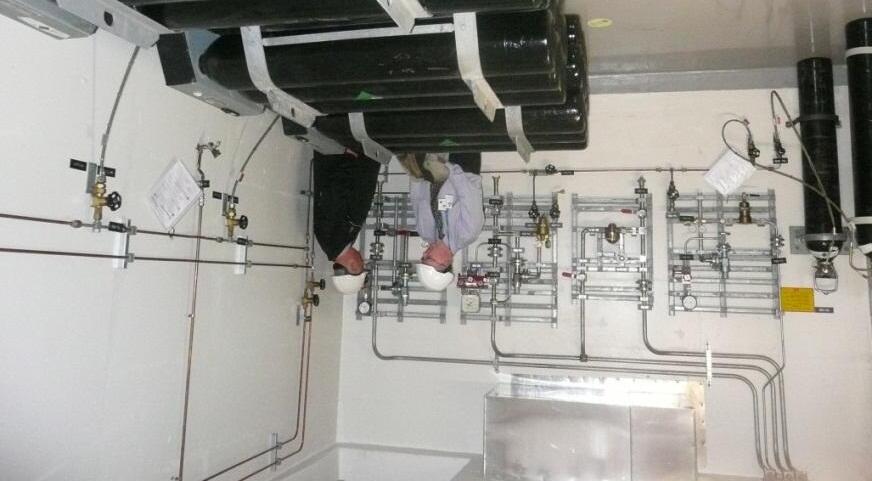


Local manual pneumatic supply operating station for containment vent valves and system inerting.
Foreign Experience with FCVS

Forsmark

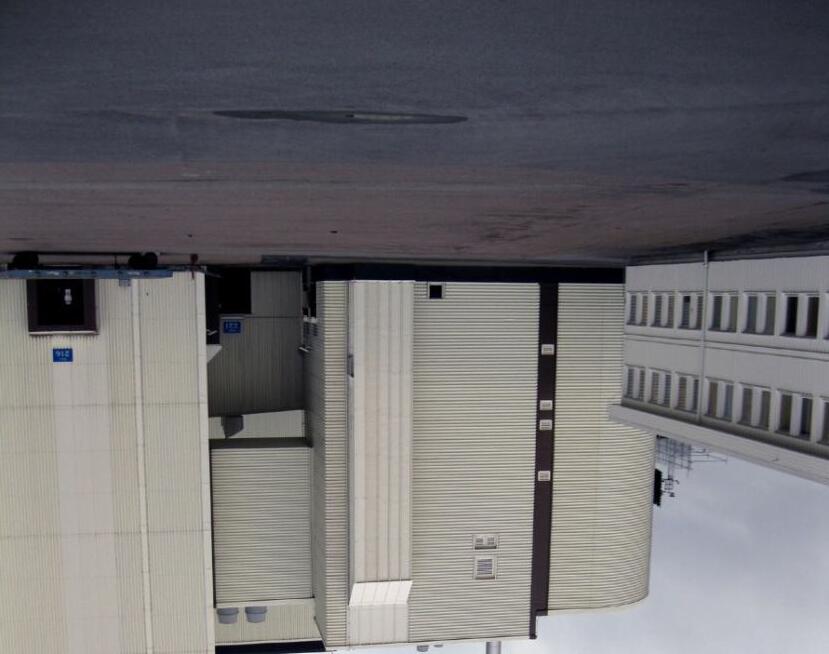
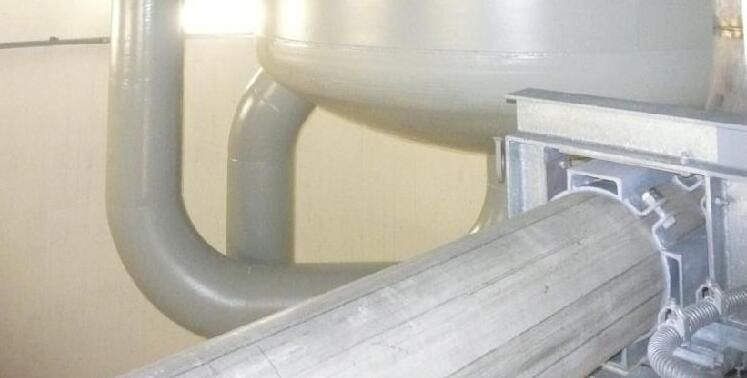
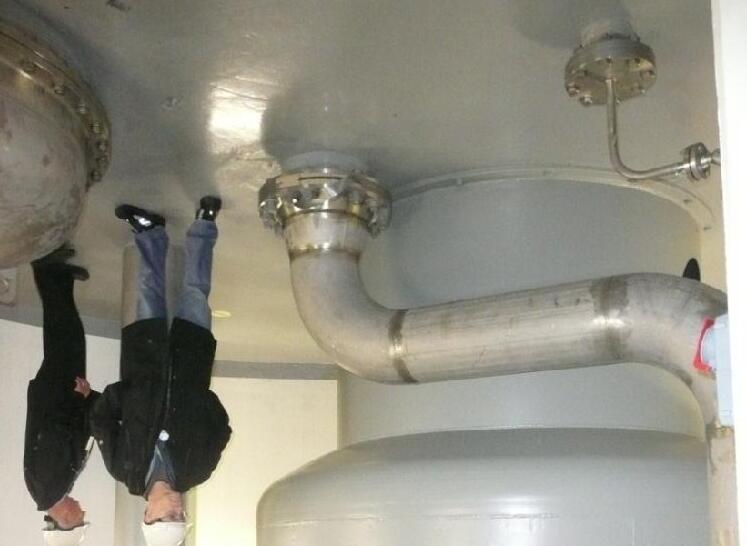


Foreign Experience with FCVS
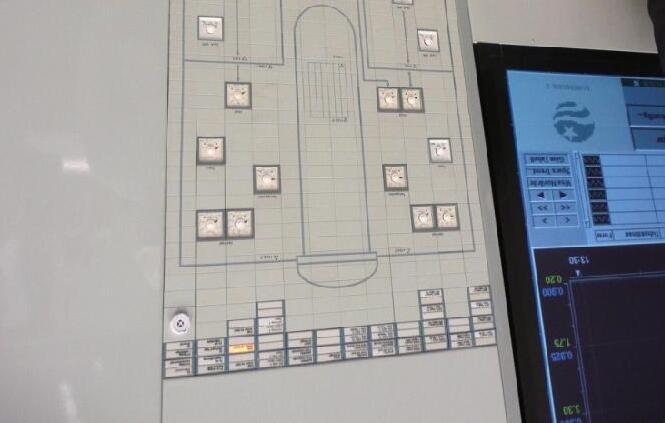

Control Room Panel for FCVS, Under-Vessel Flooding System and Spray Controls
Forsmark

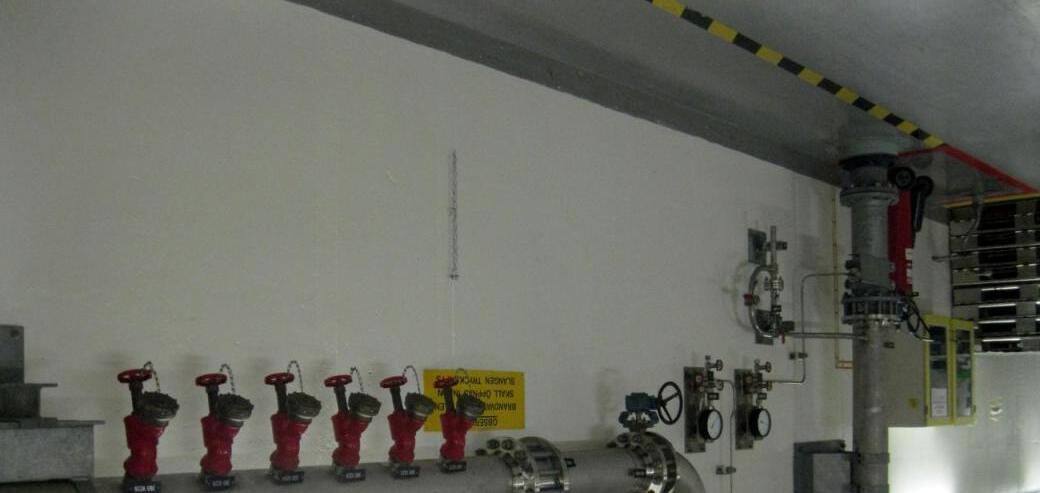

Containment Flooding System Temporary Equipment Connections.

Foreign Experience with FCVS Ringhals
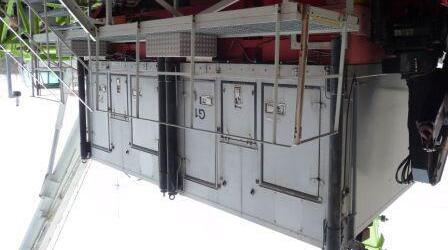

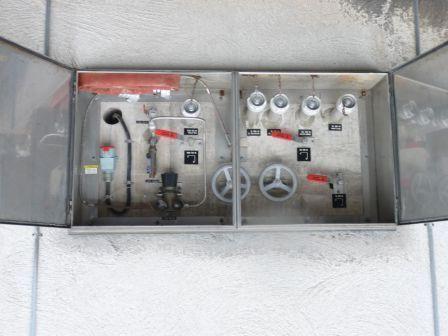
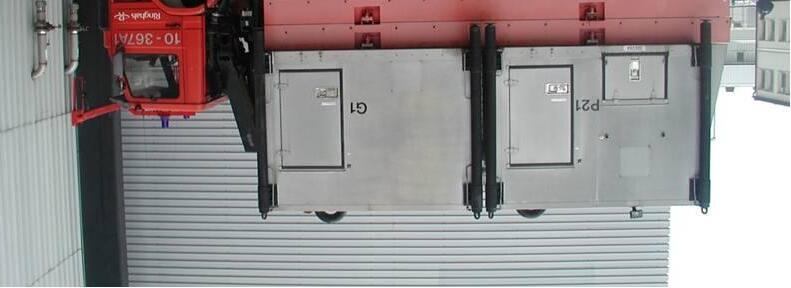



Foreign Experience with FCVS
Sweden –BWR FCVS Industry Experience
•Final SSM guidance 1986 –all required backfits, including FCVS, completed 1988
•Majority of work done at power, used outages for tie-in with no impact on production
•FCVS installation considered “not difficult”

•Installation costs (1988) estimated $12.5 million per unit at Forsmark; Approximately $9 million per unit at Ringhals
•Annual maintenance, testing, inspection not significant -estimate $10,000-$30,000
•FCVS in technical spec ifications; 30-Day AOT
•FCVS mature technology, no safety issues with use
•Utility representatives considered FCVS cost-beneficial

Foreign Experience with FCVS
Switzerland –FCVS Regulatory and Technical Bases
•Swiss Nuclear Energy Act requires licensees to backfit, as appropriate, in response to operating experience andconsistentwithavailabletechnologytofurther and consistent with available technology, to further reduce risk to people and the environment.
•Following TMI Swiss plants were required to install severe accident mitigation systems (e.g., SUSAN at Mühleberg).
•In response to the Chernobyl accident in 1986, HSK requested licensees to evaluate FCVS.


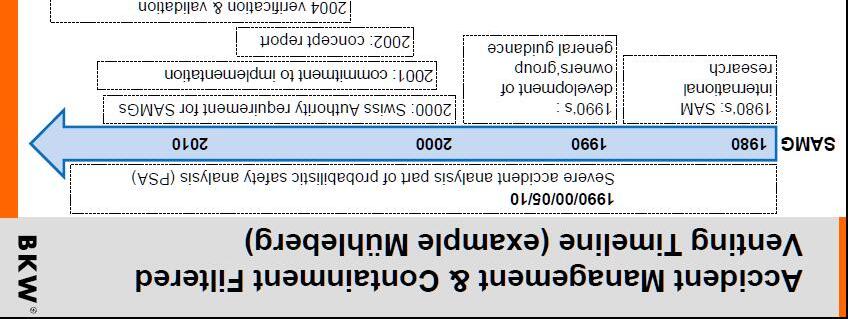



Foreign Experience with FCVS
Switzerland –FCVS Regulatory and Technical Bases (continued)
•HSK deterministic decision on FCVS based on need for defense-in-depth
• Regulator/industrydevelopeddraftguidanceby1988; Regulator/industry developed draft guidance by 1988; installation 1989-1993; final regulatory guideline HSK R-40 1993
–Heat removal capacity -1% thermal power
–Passive actuation via rupture disc; 24 hours
–Operation from control room and manual local
–Dedicated power for instrumentation and valve operation
–Seismic Class 1
–DF of 1,000 for aerosols, 100 for elemental/organic iodine (based on available technology)

Foreign Experience with FCVS
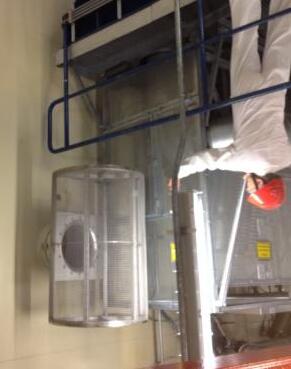

Rupture Disk →

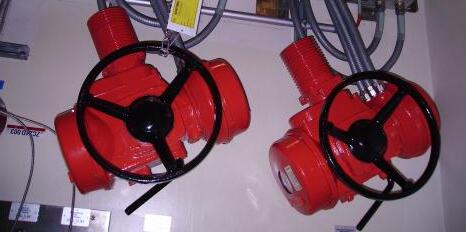
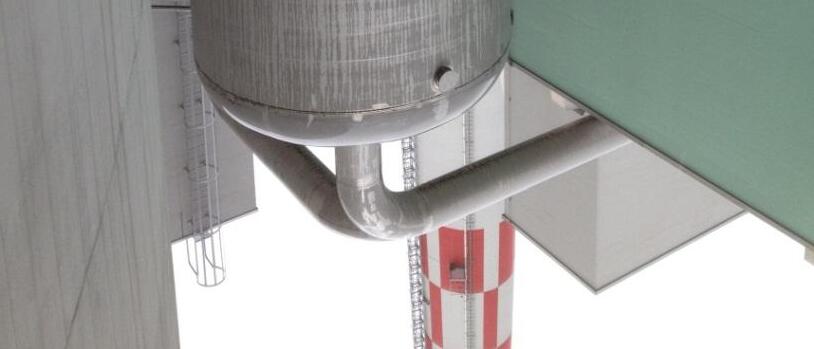
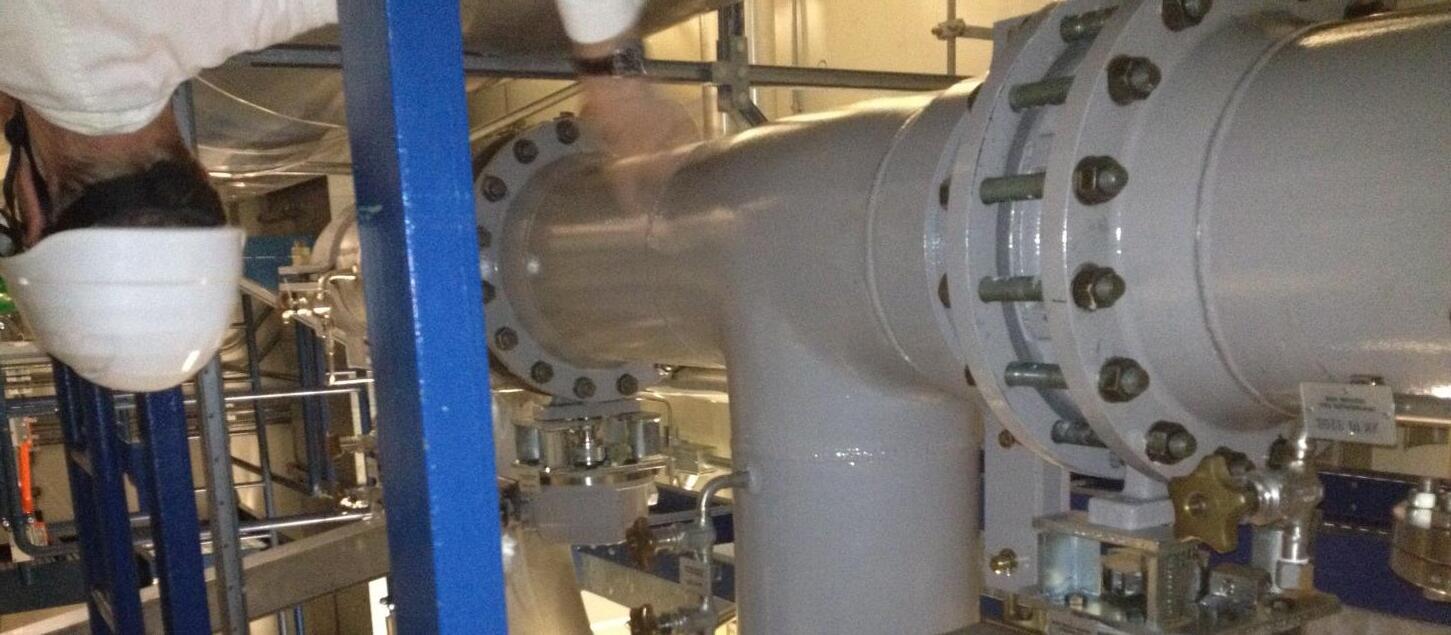
Vent Inboard Valve
Vent Outboard Valve


2 MVSS Filter Vessels in Parallel 3 meter diameter, 9 meters high
Foreign Experience with FCVS

Switzerland
–FCVS Industry Experience
•Leibstadt-$11 million in 1993
•Mühleberg$6 million in 1990 excludes filter vessel (not needed because MVS in unique secondary containment suppression pool)
•Majority of installation work performed at power, used outages for tie-in with no impact on production
•Maintenance Costs Considered “Not significant”
–Estimated at $50,000 to $100,000/year
•Adopting new chemistry to improve iodine retention
•FCVS in Technical Specifications; 10-Day AOT
•No stated negatives for FCVS –Utility Representatives considered FCVS Cost-beneficial as designed


Foreign
Experience with FCVS Summary
•Mitigation of Severe Accidents required in Sweden and Switzerland
•FCVS required to preserve containment function
•No technical difficulties to install and maintain FCVS oteccadcutestostaadataCS

•Counterparts emphasized that the installations did not extend scheduled refueling outage times
•Completed within 2 to 3 years
•FCVS considered cost-beneficial as designed
Stakeholder Input

•Public meetings held May 2nd and May 14th
•Nuclear Energy Institute letter May 25, 2012
•Public is very engaged –over 5 hours of input and comments received duringgppublic meetings.

Next Steps for FCVS Decision

•Staff Actions
–Assess results of RES analyses of Fukushima
–Finalize options and recommendations
–Consider stakeholder input
– JapanLessonsLearnedSteeringCommittee Japan Lessons Learned Steering Committee review and approval

•ACRS Review
•July 2012
–Response to Commission SRM due
–SECY Paper to the Commission with options and staff recommendations


Briefing to the Advisory Committee on Reactor Safeguards May 22, 2012
Background

•The NTTF recommended that the Commission direct the staff to reevaluate the need for hardened vents for other containment designs (other than BWR Mark I and Mark II contit) tainments)

•Prioritized as Tier 3 in SECY-11-0137
•Commission agreed with Tier 3 prioritization
Staff AssessmentRecommendation 5.2
•Historically, concern with containment venting has been on Mark I and II containment designs.

•Mark I and II designs are susceptible to over- gp pressurization if a means to remove heat from containment are lost.

•Other containment designs are less susceptible to over-pressurization.

Staff AssessmentRecommendation 5.2 (cont’d)
•There are limited resources (staff with specialized expertise) in this area.
•Staff recommends that further consideration of venting for other containment designs be gg deferred.

•Consideration of hardened reliable vents for other containment designs will resume when issues for Mark I and II designs are resolved.
